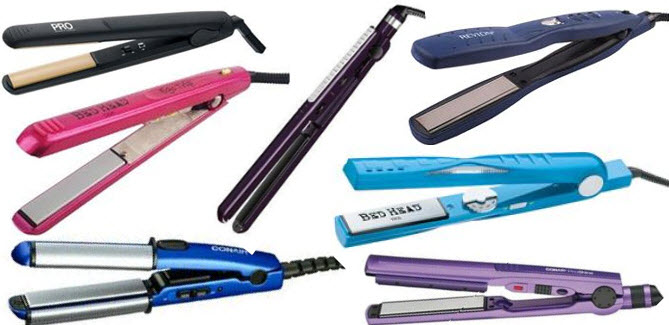It’s changing the artistry of hairstyling-the flat iron, the smoothest of the styling industry’s heated tools, is enjoying a recent surge in popularity. Once only a novelty item for taming tightly-wound tresses, this tool is now in demand for polishing all hair lengths and textures. Salons nationwide have maximized on the trend, and cosmetology schools include them in each student kit so that future stylists will value the versatility of this trendy tool.
Fans of the flat iron will be happy to know that the selection has widened considerably since its first appearance on the beauty scene. Manufacturers have created something for everyone, and continue to improve their creation to meet customer demand. The only problem that comes from such good news is the confusion that ensues. After all, picking only one is not always easy.
Knowing your hair and the flat iron’s most viable features are key factors to making a cost-effective, beauty-producing final choice. Here’s some food for thought when making your selection:

